Search
Summary 
Loading AI-generated summary based on World History Encyclopedia articles ...
Search Results

Article
Black Elk on Crazy Horse
Black Elk Speaks (1932) is the popular and controversial book of the narrative by the Oglala Lakota Sioux medicine man Black Elk (l. 1863-1950) on his life and people as given to the American poet and writer John G. Neihardt (l. 1881-1973...
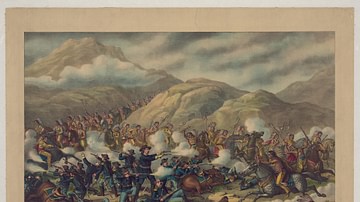
Article
Black Elk on the Battle of the Little Bighorn
Black Elk (l. 1863-1950) of the Oglala Lakota Sioux was twelve years old at the Battle of the Little Bighorn on 25 June 1876. He gives his account of the famous conflict in the work Black Elk Speaks (1932), and, even at a distance from the...
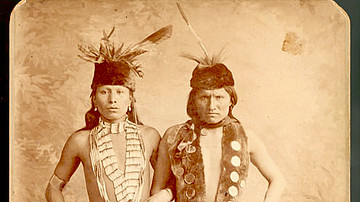
Image
Black Elk & Elk of the Oglala Lakota Sioux
Oglala Lakota Sioux nation citizens Black Elk & Elk in costume as grass dancers while performing with the Buffalo Bill Wild West Show in London, England, 1887.
National Anthropological Archives, Smithsonian Institution.

Image
Black Elk and His Family
Black Elk (also known as Nicholas Black Elk, l. 1863-1950) photographed here with his daughter, Lucy Black Elk, and wife Anna Brings White, in their home in Manderson, South Dakota, c. 1910.
Denver Public Library Special Collections

Article
Seven Sacred Rites of the Lakota Sioux
The Seven Sacred Rites of the Lakota Sioux (Seven Sacred Rites of the Lakota Oyate) are the spiritual observances of the Native American Sioux nation that maintain their relationship with the Great Mystery/Great Spirit Wakan Tanka, the creative...
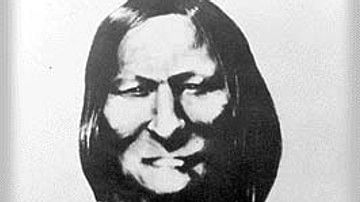
Definition
Black Kettle
Black Kettle (Mo-ta-vato/Mo'ohtavetoo'o, l. c. 1803-1868) was a chief of the Southern Cheyenne who became famous as a "peace chief" – seeking peaceful relations with the US government – as opposed to war chiefs such as Roman Nose (Cheyenne...

Image
Megaloceros (Giant Elk) Skeleton
Megaloceros giganteus (generally known as Irish- or Giant Elk) skeleton on display at the National Museum of Natural History, Washington, D.C. Megaloceros is an extinct genus of deer that lived from the Late Pliocene to the Late Pleistocene...
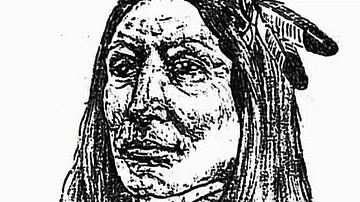
Definition
Crazy Horse
Crazy Horse (Tasunke Witko, l. c. 1840-1877) was an Oglala Lakota Sioux warrior and warband leader considered among the greatest defenders of Sioux lands against the forces of the US government in the 19th century. He is one of the most famous...
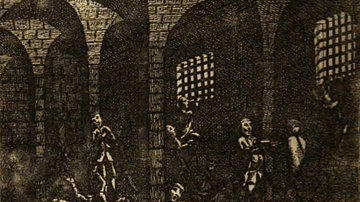
Definition
Black Hole of Calcutta
The Black Hole of Calcutta refers to a prison cell which was used to hold 146 mostly British prisoners captured after the Nawab of Bengal had taken over the city from the East India Company. Interred on 20 June 1756 in a tiny cell in Fort...

Definition
Edward the Black Prince
Edward of Woodstock (1330-1376 CE), better known as the Black Prince after his distinctive armour or martial reputation, was the eldest son of Edward III of England (r. 1327-1377 CE). Made the Prince of Wales in 1343 CE, Edward would fight...